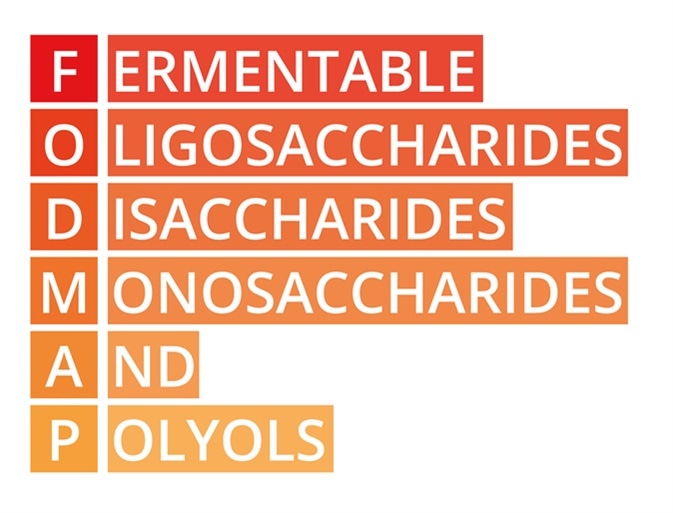For The Latest Medical News, Health News, Research News, COVID-19 News, Pharma News, Glaucoma News, Diabetes News, Herb News, Phytochemical News, Thailand Cannabis News, Cancer News, Doctor News, Thailand Hospital News, Oral Cancer News, Thailand Doctors
Irritable bowel syndrome (IBS) has been receiving a lot of attention, especially from dietary specialists. One component of food which has been found to aggravate IBS symptoms turns out to be FODMAPs (which stands for fermentable oligosaccharides, disaccharides, monosaccharides and polyols).
These short-chain compounds are subject to rapid fermentation by colonic bacteria, but not well absorbed in the gut. They are osmotic compounds and as such attract a lot of water. Hence, they reach the small and large intestine in significant quantities to produce much gas and fluid buildup, causing bowel distension and cramping pain, delayed digestion, diarrhea, flatulence, and loss of appetite.

FODMAPs occur in many foods. Better-known food components in this category include lactose, sorbitol, mannitol and xylitol. They contain glycosidic bonds which cannot be digested.
Other reasons for their poor absorption include lactase deficiency, low levels of glucose transporters in the intestinal epithelium, or large molecular size. For instance, GLUT-5 is responsible for fructose absorption especially in the presence of glucose and GLUT-2, which means foods which have more fructose than glucose are poorly absorbed.
A low FODMAP diet should include less of the following:
It substitutes the following instead of the above:
A low-FODMAP diet should be made out under a nutritionist’s guidance to avoid deficiencies and to include foods which are nutritious and tolerated by the gut, but leaving out foods which the person does not usually like to eat. Knowing what foods can be substituted will help to round out the diet and avoid boredom.
After 6-8 weeks of avoiding FODMAPs, food challenges may be slowly introduced in minute amounts, one at a time, to find out what may be included in the diet. A food journal with the kind and quantity of foods ingested, together with symptoms experienced, will help find out any associations.
Low-FODMAP diets have some drawbacks, such as being unable to eat readymade or processed foods which do not list the ingredients in detail, or may contain FODMAPs but in too low quantities to be of clinical significance.
The problem is that this critical threshold is not yet defined. Some available cut-offs are: over half a gram more of fructose than glucose per 100 grams serving, or over 3 grams fructose per serving.
A low FODMAP diet is helpful in the following situations:
Symptomatic relief in IBS occurs in three-fourth of patients on a low FODMAP diet. Furthermore, it is useful in helping evolve a customized and acceptable diet which can be followed lifelong if necessary to minimize dependence upon medications.